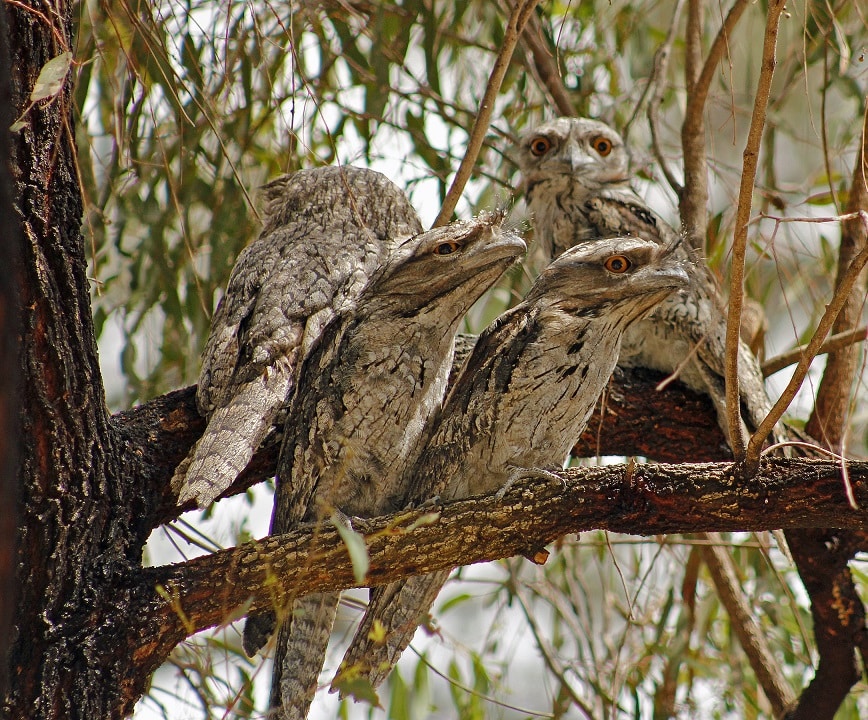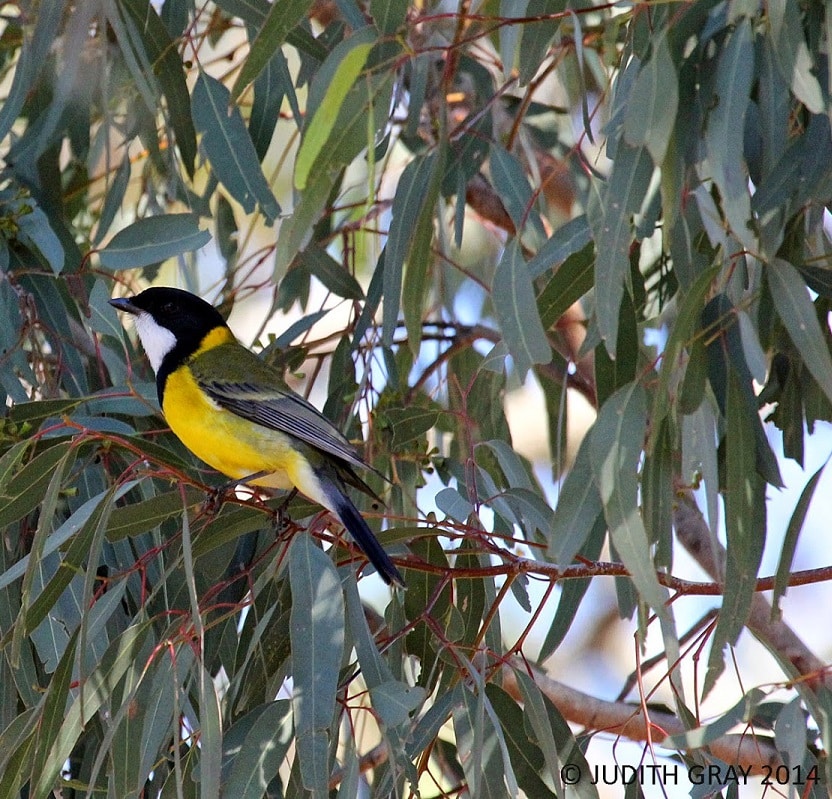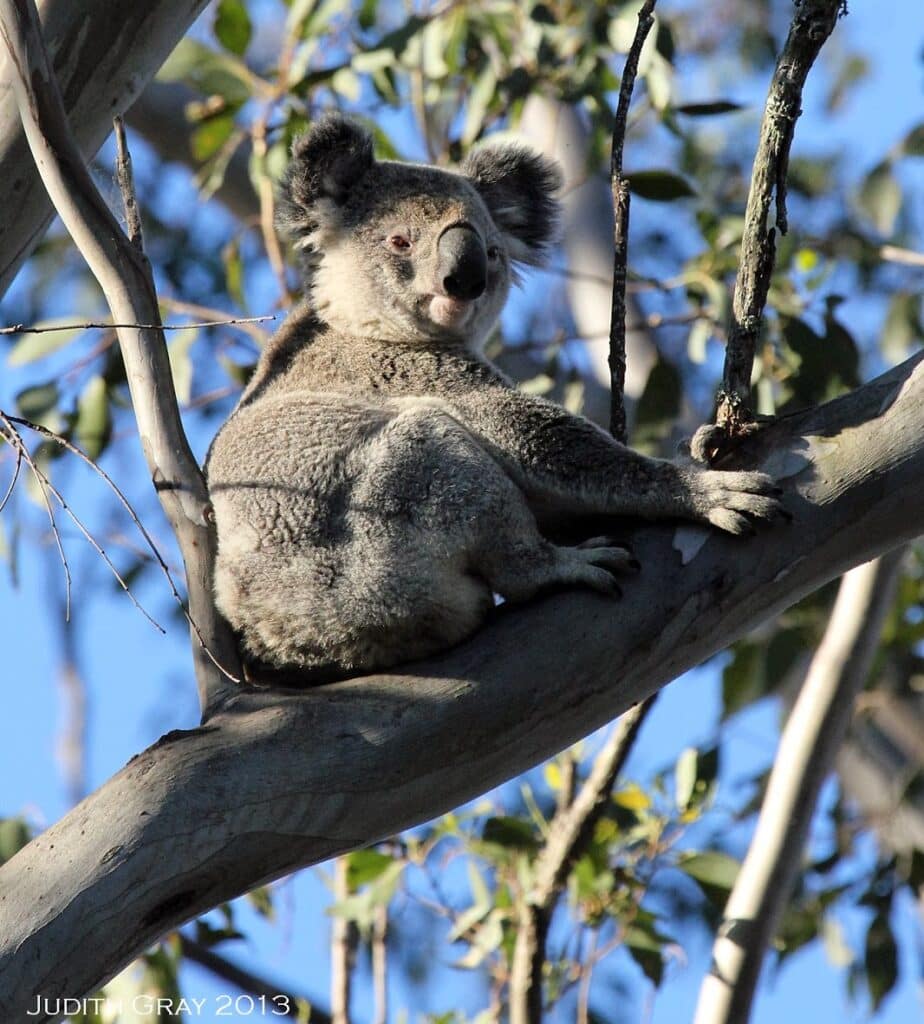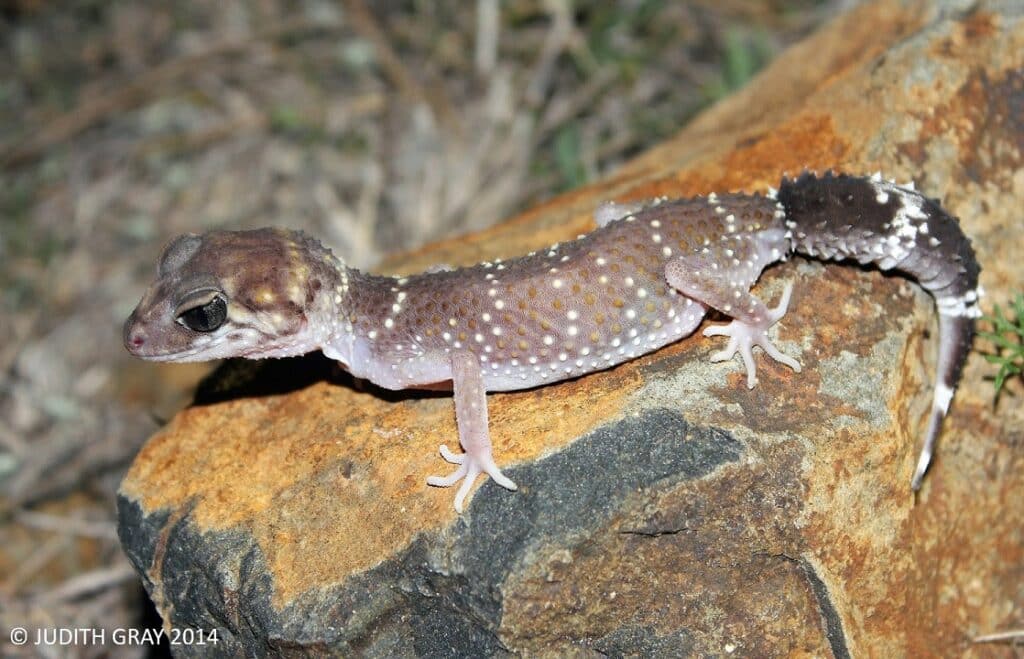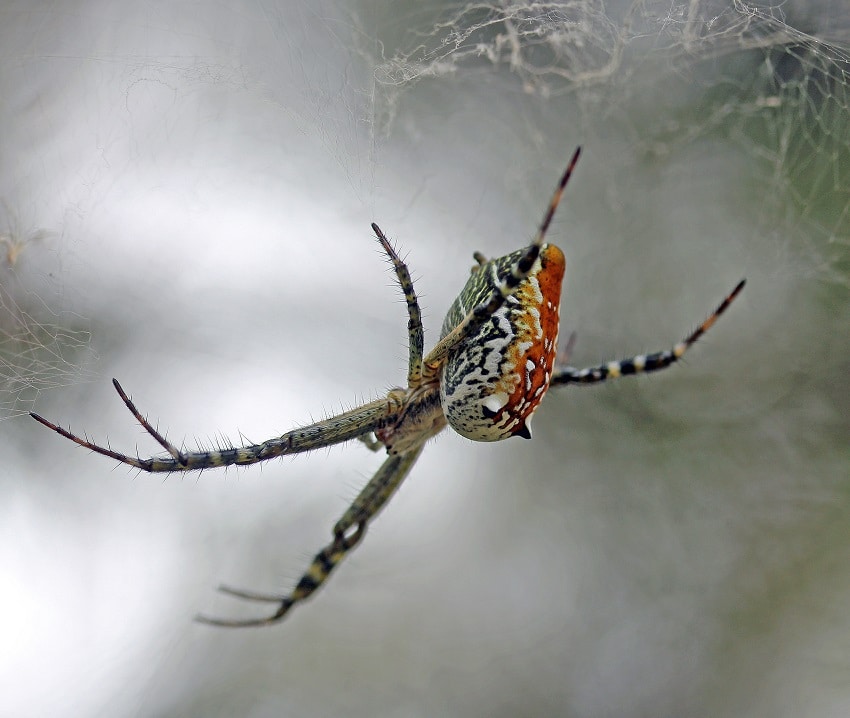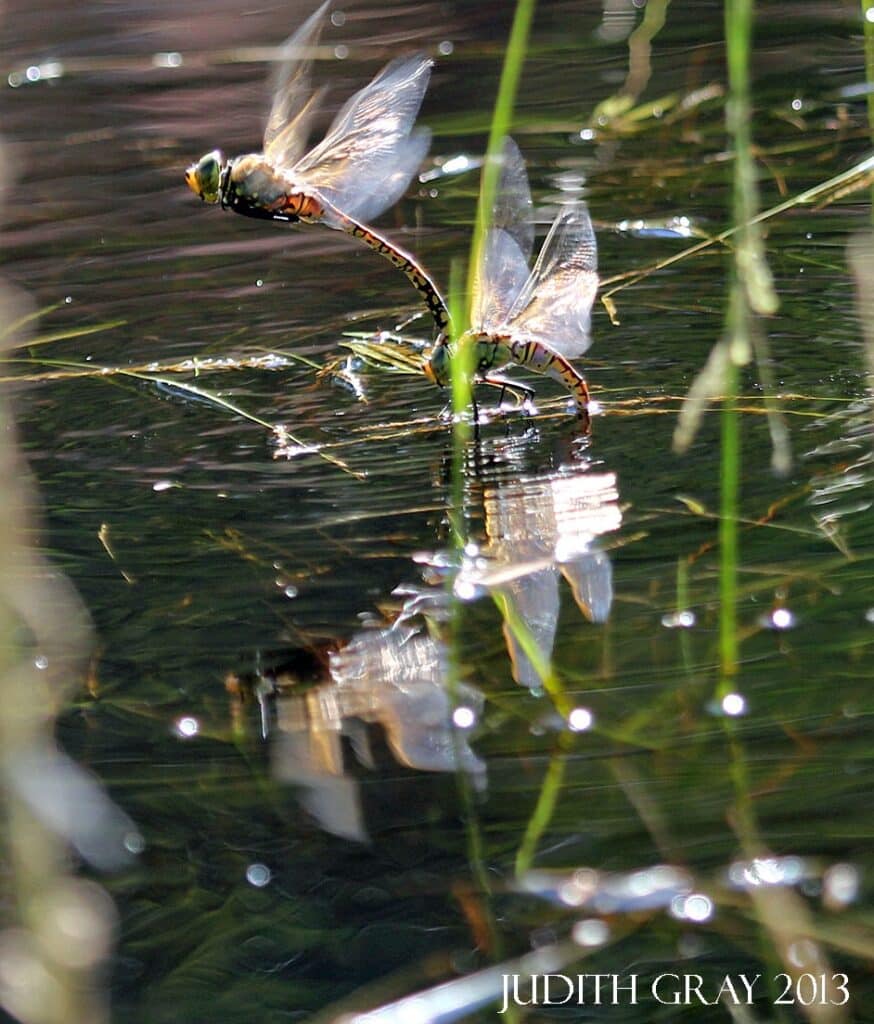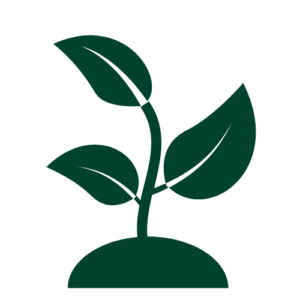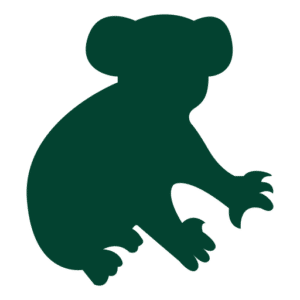Brendon and Judi Gray are the owners of Jarowair a property located in Kleinton, approximately 20km north of Toowoomba, Queensland. The property is a residence and dedicated wildlife sanctuary used for education and wildlife rehabilitation, and it is Brendon and Judi’s intent to continue living amongst the wildlife and monitoring wildlife sightings. They have installed 21 nesting boxes to complement the existing natural hollows and conducted tree planting for wildlife (particularly koala) fodder.
After working for 10 years to encourage the land’s regeneration Brendon and Judi take great pride in Jarowair being home to a large amount of wildlife species, and they would also like to conduct further extensive tree planting for koala habitat.
The property covers 7.5 hectares of dry woodland scrub previously used for cattle grazing, and adjoins untouched bushland. Land regeneration has been occurring over the last 10 years, and the dominant vegetation type is gum topped box (Eucalytpus moluccana) ironbark wattle along with a wide variety of native grasses.
Examples of wildlife species known to occur on Jarowair include koalas (Phascolarctos cinereus), eastern grey kangaroos (Macropus giganteus), red-necked wallabies (Macropus rufogriseus), rufous bettongs (Aepyprymnus rufescens), squirrel (Petaurus norfolcensis) feather-tailed (Acrobates pygmaeus) and sugar (Petaurus breviceps) gliders, brushtail possums (Trichosurus vulpecula), long-nosed bandicoots (Perameles nasuta), yellow-footed antechinus (Antechinus flavipes), grassland melomys (Melomys burtoni), short-beaked echidna (Tachyglossus aculeatus), Australian coral (Brachyurophis australis) and bandy bandy (Vermicella annulata) snakes, salmon striped (Limnodynastes salmini) and scarlet-sided pobblebonk (Limnodynastes terraereginae) frogs, and many more.
This sanctuary is featured in Wildlife Lands 16!
We purchased Jarowair (named after the local aboriginal tribe) almost 10 years ago, with the intention of regenerating native flora for wildlife and building our home. Formerly a 7.5 hectare grazing block, it featured a dry creek and predominantly ironbark and grey box trees. It wasn’t long before we saw our first koala (which was extremely
exciting), though red-necked wallabies, eastern brown snakes and noisy miners were initially the animals most seen.We began tree planting with lots of trial and error, but quickly sought expert advice on ideal native plants that would survive intense droughts and frosts. Since then we’ve planted a variety of trees, particularly Eucalyptus tereticornis as it’s a local koala favourite. We came to live at the property full-time in 2009 and immediately noticed more of the amazing animals that call our patch home; the extensive wildlife resident on our small woodland patch never ceases to amaze us. So far we’ve recorded 15 species of frogs, four species of native geckoes, 11 types of lizards, 14 species of snakes, plenty of birds, and sugar, squirrel and feathertail gliders, to name a few. Our list continues to grow with owlet nightjars
and powerful owls being recent additions.Over the years we have installed 26 nest boxes of various sizes for possums, gliders, birds and microbats, and Jarowair has been used as a release site for local wildlife including brushtail possums and blue-tongue lizards. We feel blessed to be able to live in a place where we see wildlife on a daily basis, and joined the Wildlife Land Trust after hearing about it from a friend. The ethos fits with our vision and we proudly display the sign at the front of the property.
Although we have owned Jarowair for almost 10 years, it sometimes feels like we are just beginning the journey, and our plans include planting more eucalypts for koalas and smaller shrubs for birds and reptiles. Keep up with what’s going on at Jarowair at: www.jarowairourpatch.blogspot.com.au

